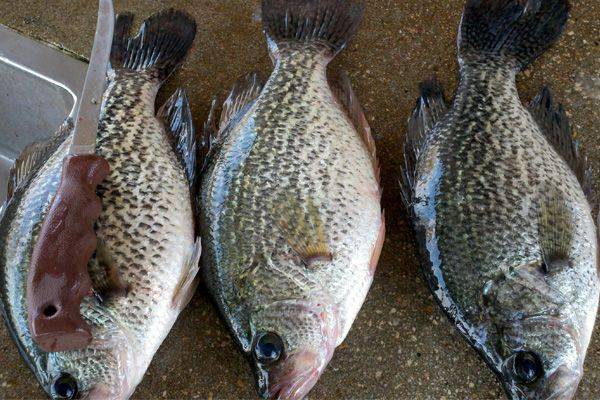By Gilford and Coy Sipes, 2008 Crappie Masters Points Champions
[dropcap]L[/dropcap]ong-line trolling is a great way to locate fish, and probably the easiest way for beginners to consistently catch crappies. The most common jig size to use is a 1/16 ounce, but varies from 1/8 to 1/32. Trolling depth is controlled by the speed of your trolling motor. So, to get started, spread your rods and holders off the back of the boat beginning with four to six rods and proper trolling speed can be measured by GPS from .5 to 1.5 mph. It is important to experiment with your jig size, speed and depth. Cast minnow tipped jigs 20 to 30 feet off the back of the boat. You’ll want to change jig colors often to see what works best that day. Road Runners are very effective in Florida. Once you do start catching fish, pay close attention to the speed, jig size and colors that you’re using. Also keep an eye on the water depth. December through February the fish will change depth according to temperature and colder temps make fish go deeper. You may want to change jig colors and speed from day to day as the fish move. I recommend you use 6 pound test line and one jig per pole as it makes it easier to control and prevents tangling. Now is a great time to take a youth fishing! Most long-lined fish actually hook themselves and all you need to do is reel them in. A limber rod works best, like B’n’M Poles, Capps and Coleman, and BGJP in 8, 10, or 12 foot lengths. Sensitive limber poles will help prevent the fish from tearing the hook out of their mouths. A stiff rod will put too much pressure on the hook. Remember crappies have very tender mouths. Reel in slow, be patient and have a dip net ready. “Lulu and Grandpa know there’s gonna be fish in the freezer soon!”

